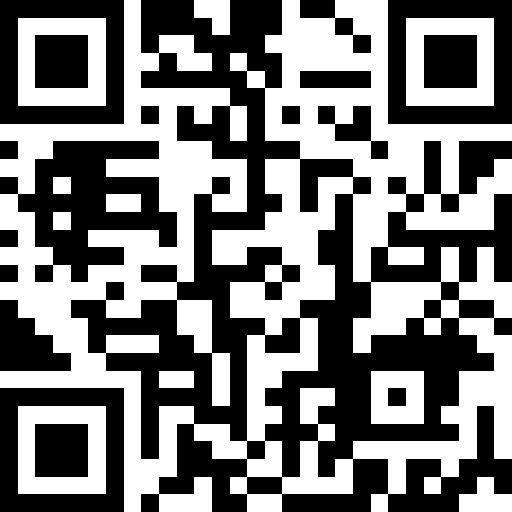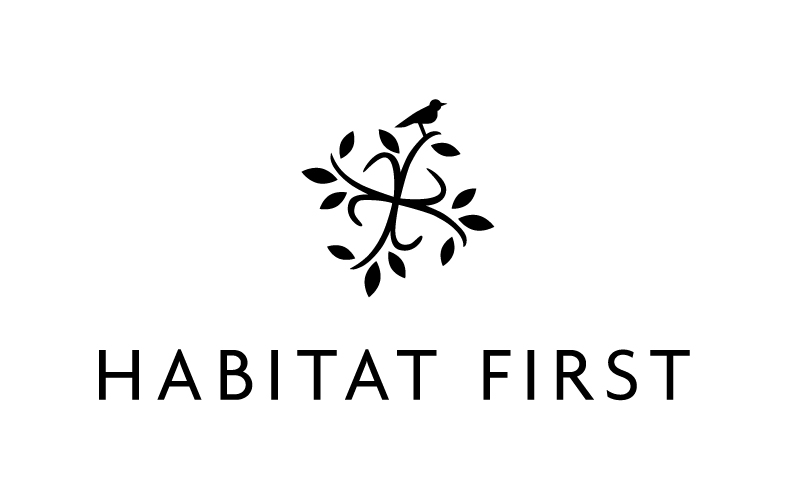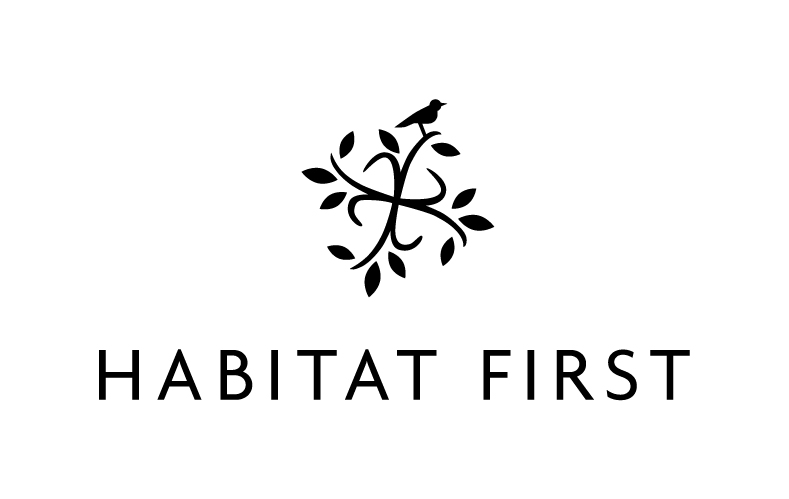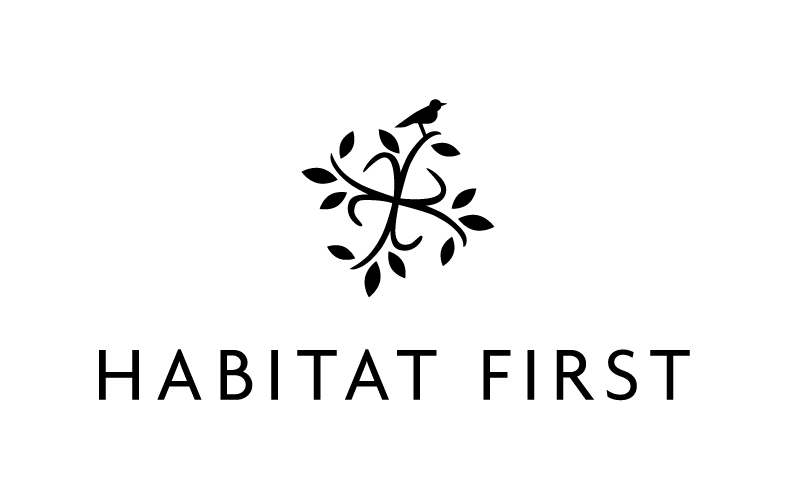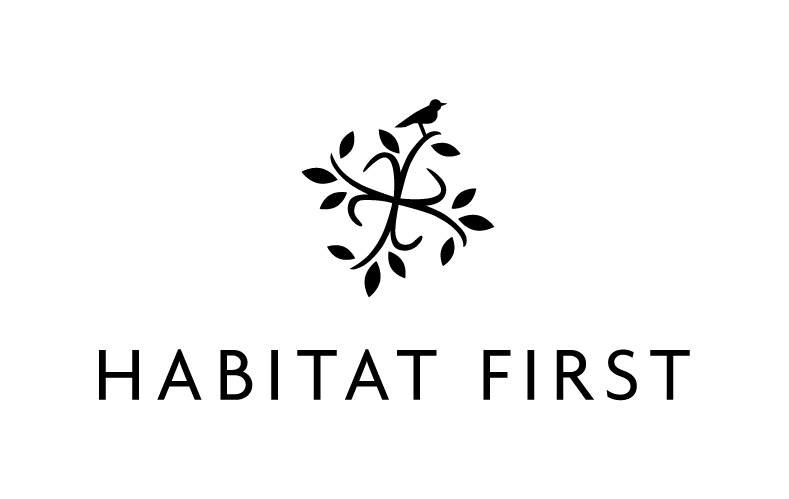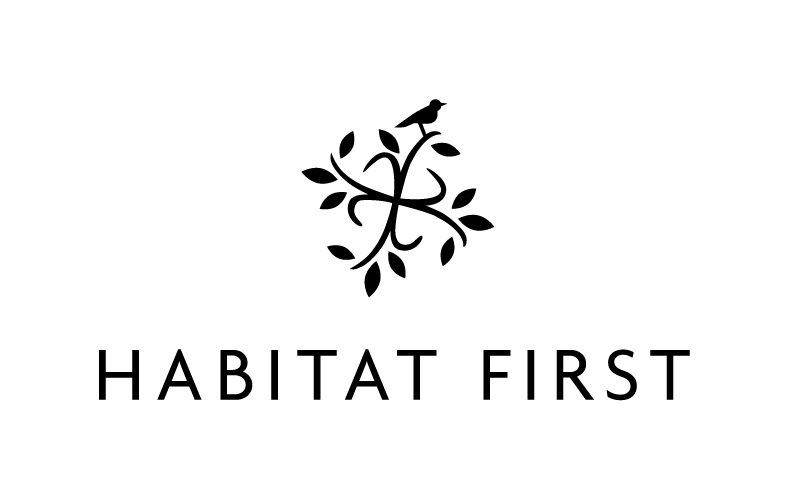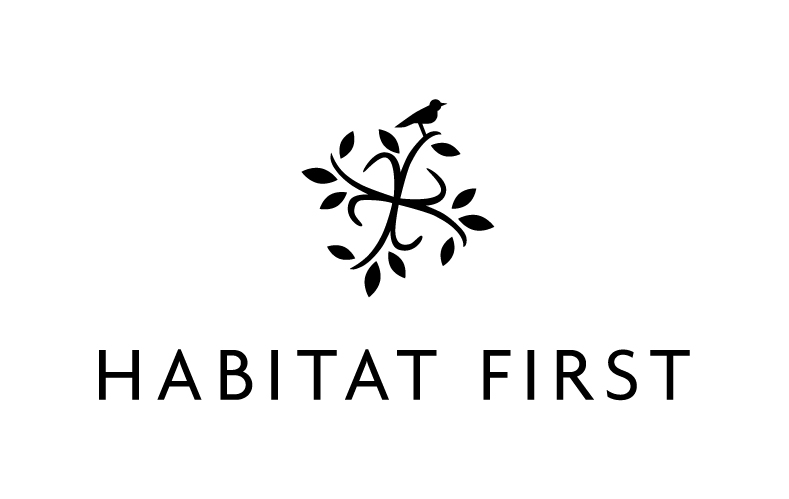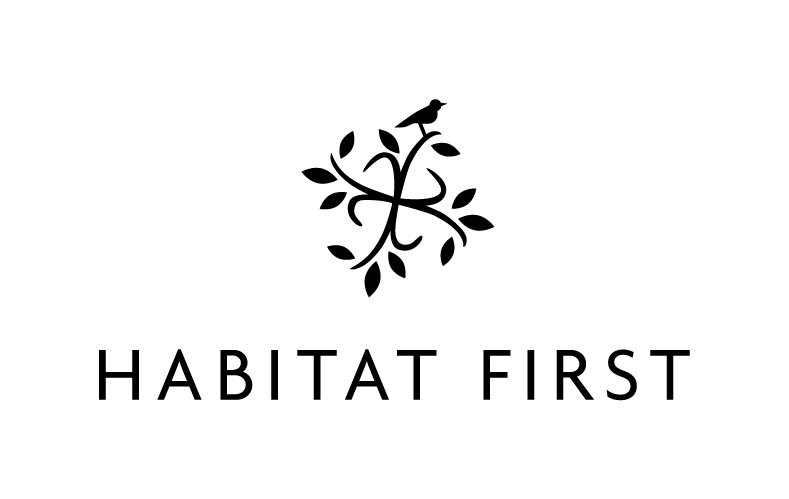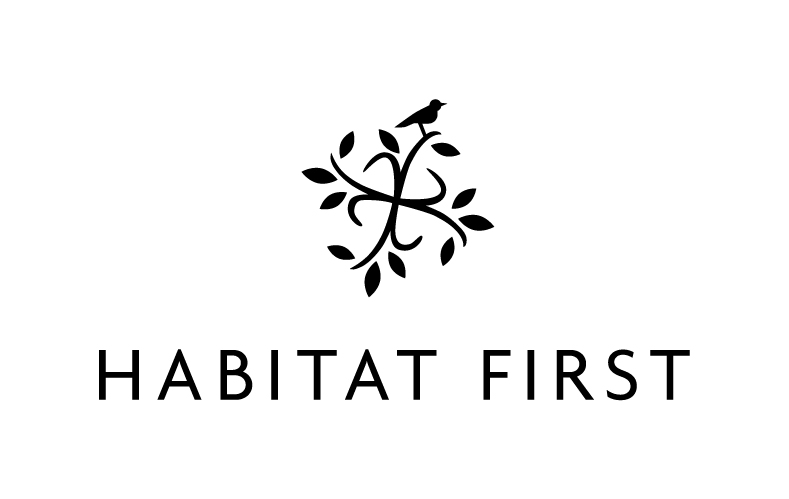Information
-
Site
-
Conducted on
-
Prepared by
Intructions & Information
-
The temperature of cold water outlets must be distributed at or below 20 Degrees Celsius
The temperature of hot water outlets must be distributed at or above 50 Degrees Celsius
1. Run the outlet for 1 minute on hot and blended water outlets, cold water outlets run water for 2 minutes
2. Test the temperature with a thermometer
3. Record the temperature in the following audit by stating Safe/At Risk and add the reading into the text box -
Temperature range of Legionella growth is 20 - 45 Deg C. Optimum temperature of growth is 37 Deg C.
Legionella starts to die at 50 Deg C -
QUARTERLY - Annual service agreement for an external contactor to complete quarterly inspections, Currently WCS Services.
Calorifier - Internal inspection annually or as indicated by rate of fouling. Inspect calorifier internally by removing the inspection hatch or using a borescope and clean by draining the vessel. The frequency of inspection and cleaning should be subject to the findings and increased or decreased based on conditions recorded.
Where there is no inspection hatch, purge any debris in the base of the calorifier to a suitable drain. Collect the initial flush from the base of hot
water heaters to inspect clarity, quantity of debris, and temperature.
Combination water heaters - Inspect the integral cold water header tanks as part of the cold water storage tank inspection regime, clean and disinfect as necessary. If evidence shows the unit regularly overflows hot water into the integral cold water header tank, instigate a temperature monitoring regime to determine the frequency and take precautionary measures as determined by the findings of this monitoring regime.
Cold water tanks - Inspect cold water storage tanks and carry out remedial work where necessary. Cold water tanks - Check the tank water temperature remote from ball valve and the incoming mains temperature. Record the maximum
temperatures of the stored and supply water recorded by fixed maximum/minimum thermometers where fitted - Annually (Summer) or as
indicated by the temperature profiling.
Cold water services - Check thermal insulation to ensure it is intact and consider weatherproofing where components are exposed to the outdoor environment.
Base exchange softeners - Service and disinfect
TMVs - Risk assess whether the TMV fitting is required, and if not, remove. Where needed, inspect, clean, descale and disinfect any strainers or filters associated with TMVs.To maintain against the scald risk, TMV’s require regular routine maintenance carried out by competent persons in
accordance with the manufacturer’s instructions. -
QUARTERLY - completed by internal competent person
Showers and spray taps - Dismantle, clean and descale removable parts, heads, inserts and hoses where fitted . -
MONTHLY - completed by internal competent person
Calorifier flow temperatures - check monthly. Thermostat should modulate as close to 60 Deg C without going below 60 Deg C. Return temp should not go below 50 Deg C.
HWS - For non-circulating systems; take temperatures at sentinel points (nearest outlet, furthest outlet and long branches to outlets) to confirm they are at a minimum of 50°C within one minute.
HWS - For circulating systems; take temperatures at return legs of principal loops (sentinel points) to confirm they are at a minimum of 50°C. Temperature measurements may be taken on the surface of metallic pipework.
HWS - For circulating systems; take temperatures at return legs of subordinate loops, temperature measurements can be taken on the surface of pipes, but where this is not practicable, the temperature of water from the last outlet on each loop may be measured and this should be greater than 50°C within one minute of running. If the temperature rise is slow it should be confirmed that that the outlet is on a long leg and not that the return has failed in that local area.
HWS - All HWS systems; take temperatures at a representative selection of other points (immediate outlets of a single pipe systems and tertiary loops in circulating systems) to confirm they are at a minimum of 50°C to create a temperature profile of the whole system over a defined time period.
Combination water heaters - Check water temperatures at an outlet to confirm the heater operates at 50-60°C.
Cold water services - Check temperatures at sentinel taps (typically those nearest to and furthest from the cold water tank, but may include other key locations on long branches to zones or floor levels). These outlets should be below 20°C within two minutes of running the cold tap. To identify any local het gain, which not be apparent after one minute, observe the thermometer reading during flushing. Cold water services - Take temperatures at a representative selection of other points to confirm they are below 20°C to create a temperature profile of the whole system over a define time period. Peak temperatures or any temperatures that are slow to fall should be an indicator of a localised problem. -
WEEKLY - completed by internal competent person
Base exchange softeners - Visually check the salt levels and top up salt, if required. Undertake a hardness check to confirm operation of the softener. Weekly, but depends on the size of the vessel and the rate of salt consumption.
Infrequently used outlets - Consideration should be given to removing infrequently used showers, taps and any associated equipment that uses water. If removed, any redundant supply pipework should be cut back as far as possible to a common supply leg (e.g. to the recirculating pipework or the pipework supplying a more frequently used upstream fitting) but preferably by removing the feeding ‘T’.
Infrequently used equipment within a water system (i.e. not used for a period equal to or greater than seven days) should be included on the flushing regime.Flush the outlets until the temperature at he outlet stabilises and is comparable to supply water and purge to drain. Regularly use the outlets to minimise the risk from microbial growth in the peripheral parts of the system, sustain and log this procedure once started. -
OTHER
POU filters - According to manufacturer’s guidelines - Record the service start date and lifespan or end date and replace filters as recommended by the manufacturer (0.2µm membrane POU filters should be used as a temporary control measure while a permanent safe engineering solution is developed, although long-term use of such filters may be needed in some healthcare situations).
POU water heaters (no greater than 15 litres) - Monthly–six monthly, or as indicated by the risk assessment. Check water temperatures to confirm the heater operates at 50°C to 60°C or check the installation has high turnover.
Expansion vessels - Monthly–six monthly, as Indicated by the risk assessment. Where practical, flush through and purge to drain. Bladders should be changed according to manufacturer’s guidelines or as indicated by the risk assessment.
Barn Office
-
Kitchen Sink cold
-
Toilet Sink Hot
-
Toilet Sink Cold
-
Meeting room toilet sink Hot
-
Meeting room toilet sink Hot
-
Water storage tank - Cold & Hot water
Housekeeping
-
Kitchen Sink hot
-
Kitchen Sink cold
-
Toilet sink Hot
-
Toilet Sink Cold
-
Outside tap
-
Water cooler
-
Laundry Room TBC
-
Water storage tank - Cold & Hot water TBC
Activity Hub
-
Kitchen sink hot
-
Kitchen sink cold
-
Toilet sink Hot
-
Toilet sink cold
-
Outside Tap
-
Water Storage Tank TBC
Ballihoo
-
Kitchen sink hot
-
Kitchen Sink Cold
-
Bar sink Hot
-
Bar Sink Cold
-
Right Toilet Sink Hot
-
Right Toilet Sink Cold
-
Left Toilet Sink Hot
-
Left Toilet Sink Cold
-
Disabled Toilet Sink Hot
-
Disables Toilet Sink Cold
-
Pizza Shack Toilet sink Hot
-
Pizza Shack Toilet Sink Cold
-
Pizza Shack Kitchen sink Hot
-
Pizza Shack Kitchen Sink Cold
-
Water Storage Tanks TBC
-
Outside Tap
Lake 63
Signature
-
Competent Person
-
Leisure Supervisor/Facility Manager





